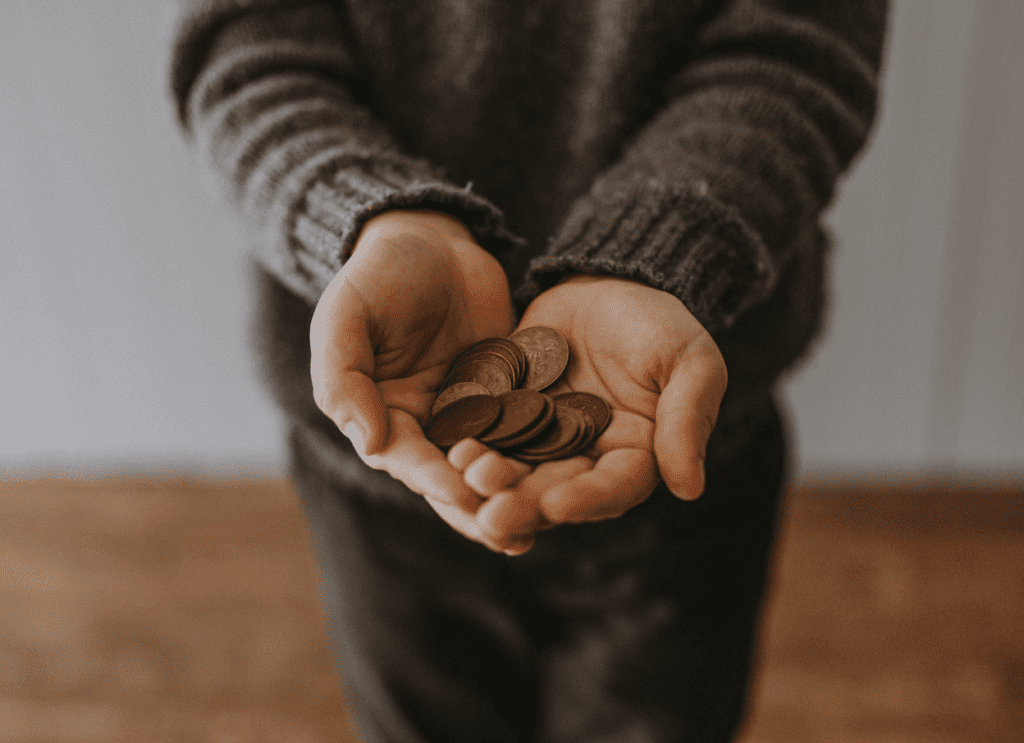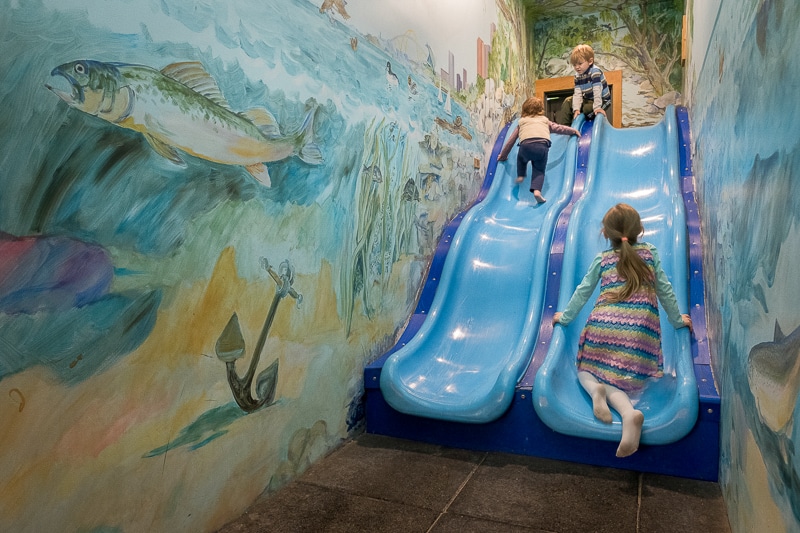Hello, wonderful readers!
It’s Calie here, bringing another fun science adventure into your home.
This time, we’re turning our attention to something you probably have lying around the house – pennies.

Yes, those copper coins that seem to multiply in the bottom of bags and drawers can be the stars of a fascinating science experiment.
I remember when we first tried this experiment; my kids were amazed at how we could take something so dull and tarnished and make it shine again, all while learning some pretty cool science along the way.
So, let’s dive into the shiny world of pennies and discover what makes them sparkle!
What You’ll Need
- Dirty pennies (the older, the better)
- 2 paper cups
- Vinegar
- Dish soap
- Paper towels
- Various other liquids from around the house (think ketchup, soda, etc.)
Steps to Sparkling Success
- Hypothesize: Before you start, have a little brainstorm with your young scientists about which liquid they think will do the best job at cleaning the pennies. Make your guesses based on what you know about each liquid.
- The Vinegar Cup: Place a penny in one of the paper cups and pour in enough vinegar to completely cover it. Vinegar is known for its cleaning properties, but will it make the penny shine?
- The Soap Cup: In another cup, do the same with dish soap. Soap is a staple in cleaning, but how will it fare against tarnished copper?
- Time to React: Let the pennies sit in their respective liquids for about ten minutes. This waiting time is perfect for discussing why pennies get tarnished in the first place.
- Rinse and Rub: After the ten minutes are up, rinse the pennies under water and gently rub them with a paper towel. Now, it’s the moment of truth – which penny looks cleaner?
- Experiment Further: Don’t stop at vinegar and soap! Try this experiment with other household liquids and see how they compare.
What’s Happening
Pennies tarnish over time because the copper on their surface reacts with oxygen in the air to form copper oxides, which make the penny look dull.
The acetic acid in vinegar is able to dissolve these copper oxides, leaving the penny shiny as if it were new. Dish soap, while effective for many cleaning tasks, doesn’t have the chemical properties needed to dissolve copper oxides.
This experiment is a fantastic way to introduce concepts like chemical reactions, the properties of different substances, and the scientific method of making hypotheses, observing, and drawing conclusions. Plus, it’s a great excuse to clean out some of those old pennies you have lying around!
When we did this experiment at home, not only did it spark an interest in science, but it also led to a deeper discussion about the materials objects are made from and how they interact with the environment. It’s a simple, yet effective way to see science in action.
Similar Experiments
100 Easy Science Experiments Your Kids Can Do At Home
So, gather up those old pennies, roll up your sleeves, and get ready to dive into a bit of science that’s as fun as it is educational. Who knew a handful of change could be so enlightening?
Happy experimenting, and may your pennies shine bright!
Warmly,
Calie
Calie Herbst, Editor-in-Chief of Milwaukee With Kids, has spent over a decade combining her experiences as a parent of three to create a hub for Milwaukee’s family adventures.
Her decade-long teaching career in Milwaukee Public Schools and academic background, including a Master’s in Teaching from Marquette University and dual B.A.s in Sociology and Spanish from the University of Wisconsin – Madison, fuel her passion for inclusive and engaging family content.
Calie is also a recognized voice in local media, contributing to WISN Channel 12 News, WTMJ Wisconsin Morning News, Fox 6’s Real Milwaukee, and B93.3.
Discover more about Calie’s journey and editorial approach on her About Page and Editorial Policy Page.








